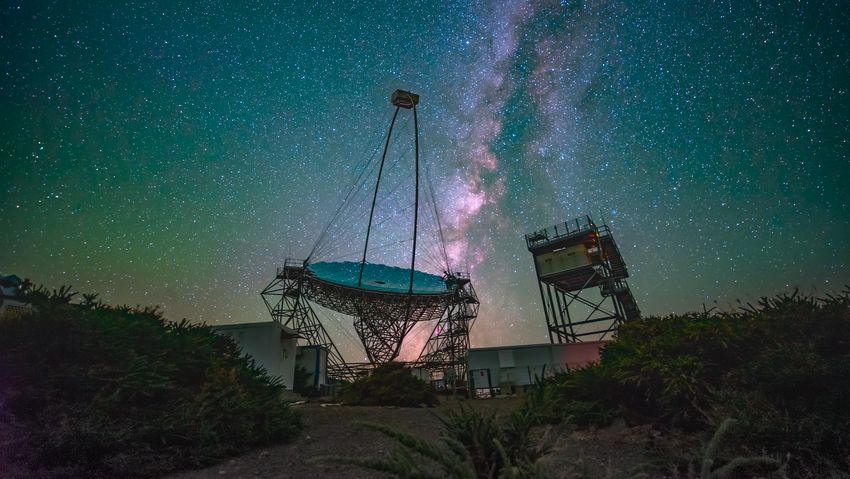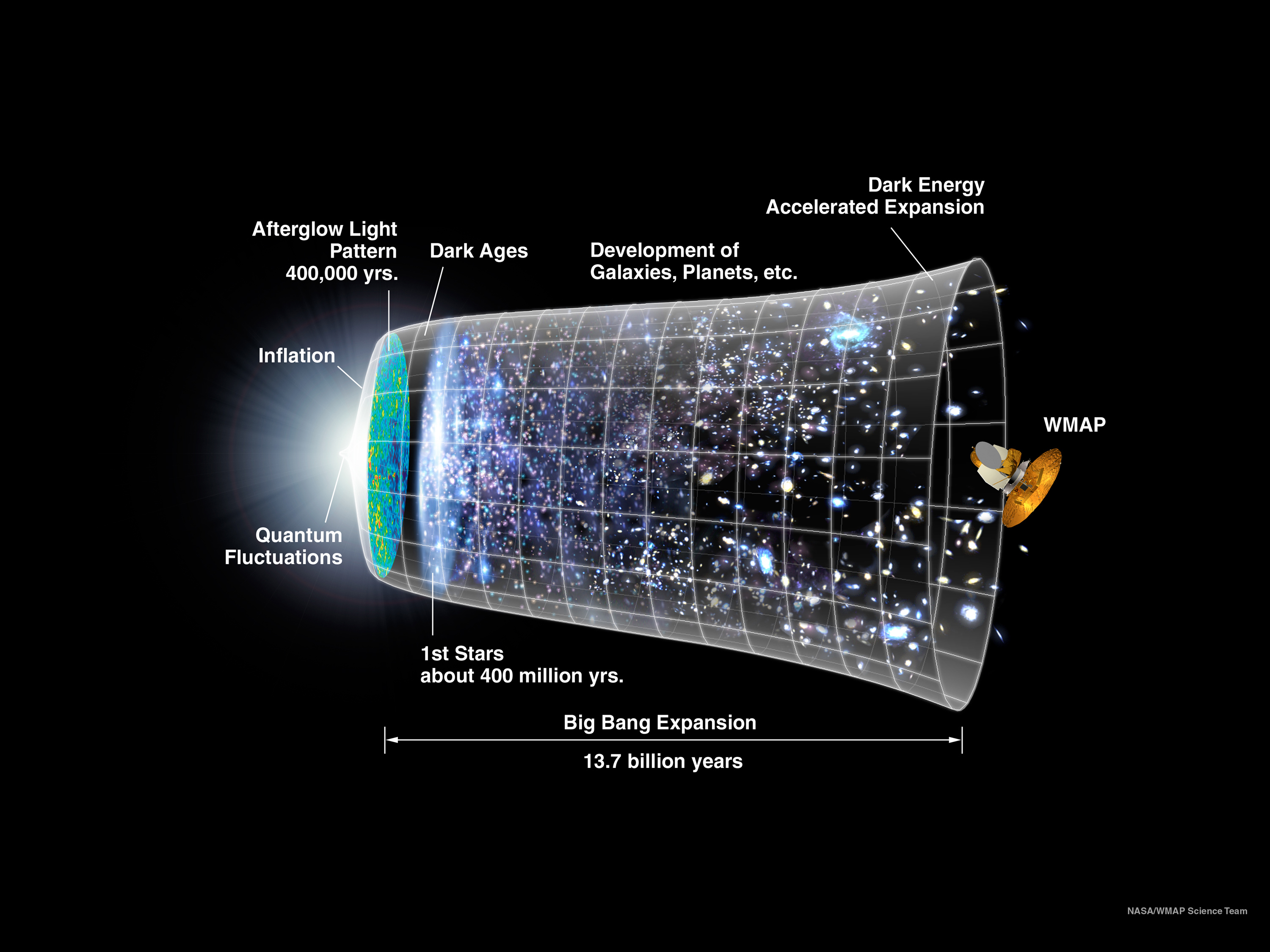How a Slowdown in the Speed of Light Would Reshape Our Universe (And Our Lives!)
At first glance, one might imagine that if light—nature’s ultimate speed limit—slowed down even dramatically, our daily lives might remain blissfully unaware of the change. After all, how often do we notice the blinding pace of 300,000 kilometers per second? But beneath this seemingly trivial thought lies a cascade of profound physical transformations. Let’s embark on a journey through theoretical physics, sprinkled with fun examples and thought experiments, to explore how even a modest slowdown in the speed of light could dramatically alter the very fabric of our universe.
The Bedrock of Relativity and the Unyielding Speed of Light
Special relativity tells us that the speed of light in a vacuum is constant, regardless of the motion of its source or observer. This constancy isn’t just a quirky fact—it’s a cornerstone of modern physics. Imagine a spaceship zipping through space near light speed: no matter how fast the ship accelerates, a beam of light emitted from its back still zooms ahead at the same relentless pace. This invariance preserves causality (the cause-and-effect chain of events) and shapes everything from time dilation to length contraction.
Did you know that Einstein's theory of special relativity revolutionized our understanding of space, time, and energy? It's based on two key principles: the speed of light is constant for all observers, and the laws of physics are the same in all inertial frames. This theory explains phenomena like time dilation, where moving clocks appear to tick slower, and length contraction, where objects seem shorter when moving at high speeds. It also introduces the concept of mass-energy equivalence, showing that even small amounts of mass contain vast amounts of energy. Additionally, special relativity sets a universal speed limit, making it impossible for objects to reach or exceed the speed of light. These principles have been experimentally verified and have profound implications for understanding the universe, from GPS technology to the behavior of high-speed particles in physics.
But what if this cosmic speed limit were to suddenly drop to 1% of its current value? It might sound like a minor inconvenience, but it would send shockwaves through the very laws that govern energy, momentum, and the interplay of forces.

Electromagnetic Forces, Atomic Ballets, and the Fine Structure Constant
The Interconnected Web of Constants
One of the most enchanting features of physics is the delicate interplay between its constants. The speed of light, c, doesn’t work in isolation; it’s interwoven with other constants, such as Planck’s constant and the vacuum permittivity, to form the fine structure constant (approximately 1/137). This dimensionless number governs the strength of electromagnetic interactions—those very forces that bind electrons to nuclei and orchestrate the dance of atoms.
Did you know that the fine-structure constant, alpha , is a mysterious dimensionless number central to physics, approximately equal to
1/137? Introduced by Arnold Sommerfeld in 1916, it quantifies the strength of electromagnetic interactions between charged particles and photons. This "magic number" governs phenomena like atomic spectral lines and the fine structure of energy levels, influencing the universe's chemistry and physics. If\alphawere even slightly different, atoms would change size, nuclear reactions would alter, and life as we know it might not exist. Despite its significance, physicists still don't know why alpha has its exact value—it simply is!
A Slow-Motion Dance of Electrons
Imagine electrons performing a perfectly choreographed ballet around atomic nuclei at speeds dictated by c and the fine structure constant. In our universe, this dance is in perfect synchrony. But if light’s speed were slashed to 1% of its usual value, the steps would slow dramatically. Electron velocities, which are roughly c/137 in normal conditions, would also decelerate to maintain causality. The result? Electrons would lose momentum, and the uncertainty principle would force them into a looser, more uncertain spatial arrangement.
Atoms on a Grand Scale
Using the Bohr model for hydrogen atoms, a slowdown in c coupled with a recalibration of other constants could cause atomic radii to expand by factors of 10,000 or more. Picture your smartphone, but every atom within it balloons to a size visible to the naked eye—suddenly, the entire structure would appear as an enormous, almost whimsical sculpture of dust particles. In such a scenario, not only would the very structure of matter be unrecognizable, but chemical bonds—the glue of all materials—could disintegrate, leading to a collapse of molecular and crystalline order.
Cosmic Consequences and Everyday Oddities
A Universe Out of Scale
If atoms expanded by a trillion times their normal volume, macroscopic objects would follow suit. Humans might find themselves transformed into towering, mountain-sized beings, while planets, stars, and even entire galaxies could become unrecognizably large or unstable. Imagine Earth outgrowing the Sun, resembling an enormous red supergiant where familiar life would be impossible.

Fun Thought Experiments
- The Great Coffee Conundrum: Picture trying to make a cup of coffee when every molecule in your mug is now 10,000 times larger. Your morning brew would be less a liquid and more a chaotic mix of loosely bound atoms struggling to hold together!
- A New Playground for Physics: In a universe where electromagnetic forces are dramatically altered, even everyday objects would behave bizarrely. Magnetic toys might suddenly levitate unpredictably, and the simple act of turning on a light could result in displays of chaotic, glittering plasma.
- Cosmic Construction Site: On a galactic scale, the reshaped atomic structures would affect star formation and the evolution of galaxies. Stars might burn out or explode under new conditions, and planets could form with entirely unfamiliar compositions, challenging any notion of “Earth-like” worlds.
Experimental Clues and Theoretical Musings
Is Light Truly Immutable?
While the constancy of c is a pillar of special relativity, there have been intriguing hints that suggest cosmic history might hold surprises. In 2001, researchers reported evidence in Physical Review Letters hinting that the fine structure constant may have been slightly different in the distant past—a clue that light speed or related constants might not be as immutable as once thought. These observations, bolstered by cosmic microwave background data, invite us to reconsider the possibility that what we call “constants” may evolve over time.

Table: Summary of Observational and Theoretical Insights into Fine-Structure Constant Variations
| Aspect | Details |
|---|---|
| Temporal Variation | Laboratory experiments (e.g., atomic clocks) constrained change in alpha to (-1.6 ± 2.3) × 10^-17 per year, consistent with no variation. |
| Spatial Variation | Observations suggested possible spatial variation (e.g., Australian dipole), but results remain unconfirmed by other studies. |
| Quasar Studies | Early claims of alpha variation from quasar spectra were refuted by more precise measurements using CH molecules. |
| Cosmological Models | Theoretical models propose alpha variations linked to scalar fields or changes in vacuum properties over cosmic time. |
| Primordial Nucleosynthesis | Bounds on alpha variation during nucleosynthesis were calculated using modified cosmological codes, showing consistency with a constant value. |
The Legacy of Dirac and the Large Number Hypothesis
Going back to the mid-20th century, physicist Paul Dirac proposed the “large number hypothesis,” which speculated that relationships between seemingly disparate constants could be more than coincidental. Dirac’s insights hinted that even the gravitational constant might change with the age of the universe, suggesting that our cherished constants could be dynamic rather than fixed.

Table: Summary of Dirac's Large Number Hypothesis (LNH)
| Aspect | Description |
|---|---|
| Origin | Proposed by Paul Dirac in 1937, inspired by large number coincidences in physics. |
| Large Numbers | Dimensionless ratios (e.g., 10^40, 10^80) connect microphysics and cosmology. |
| Key Postulates | - Gravitational constant (G) varies inversely with the universe's age (t). - Mass of the universe is proportional to t^2. - Physical constants are time-dependent. |
| Matter Creation | Two modes proposed: 1. Additive creation: uniform matter creation. 2. Multiplicative creation: localized near existing mass concentrations. |
| Coincidences | Ratios include: - Age of universe vs. electron time scale (10^40). - Electromagnetic vs. gravitational forces (10^39). - Universe mass vs. nucleon mass (10^80). |
| Criticism | - Variability of G contradicts general relativity. - Empirical evidence for varying G is lacking. |
| Impact on Cosmology | Inspired alternative theories like Brans-Dicke cosmology; challenges static models like FLRW metric. |
Variable Light Speed and the Early Universe
Visionary scientists like John Moffat have even entertained the idea that in the searing moments after the Big Bang, light might have raced at speeds far beyond our current ( c ). According to Moffat’s theory, an early “superluminal” phase—where light speed was up to ( 10^{28} ) times higher—could have smoothed out the uneven fabric of the newborn universe. As the cosmos cooled and Lorentz symmetry was restored, light’s speed would settle into its modern, measured value. Such a phase transition hints that the universe’s physical laws might be more fluid than we ever imagined.

The Fragile Balance of Cosmic Order
This thought experiment isn’t just academic—it underscores the astonishing fine-tuning of our universe. The speed of light isn’t a random number; it is a critical ingredient in the recipe that allows atoms to form, stars to shine, and life to emerge. Alter one ingredient, even slightly, and the whole cosmic cake could collapse.
So, while our everyday lives are blissfully insulated from the exotic realms of high-speed physics, pondering these possibilities reminds us of the interconnectedness and fragility of the laws that govern everything from the smallest atom to the largest galaxy. The delicate balance of these constants fuels not only scientific inquiry but also our awe at the precise conditions that make our universe—and our existence—possible.
In the end, whether driven by cycles of cosmic evolution or some deeper, perhaps even deliberate, design, the unyielding speed of light continues to be one of nature’s most fascinating and vital mysteries—a reminder that the universe is as wondrous as it is precise.
